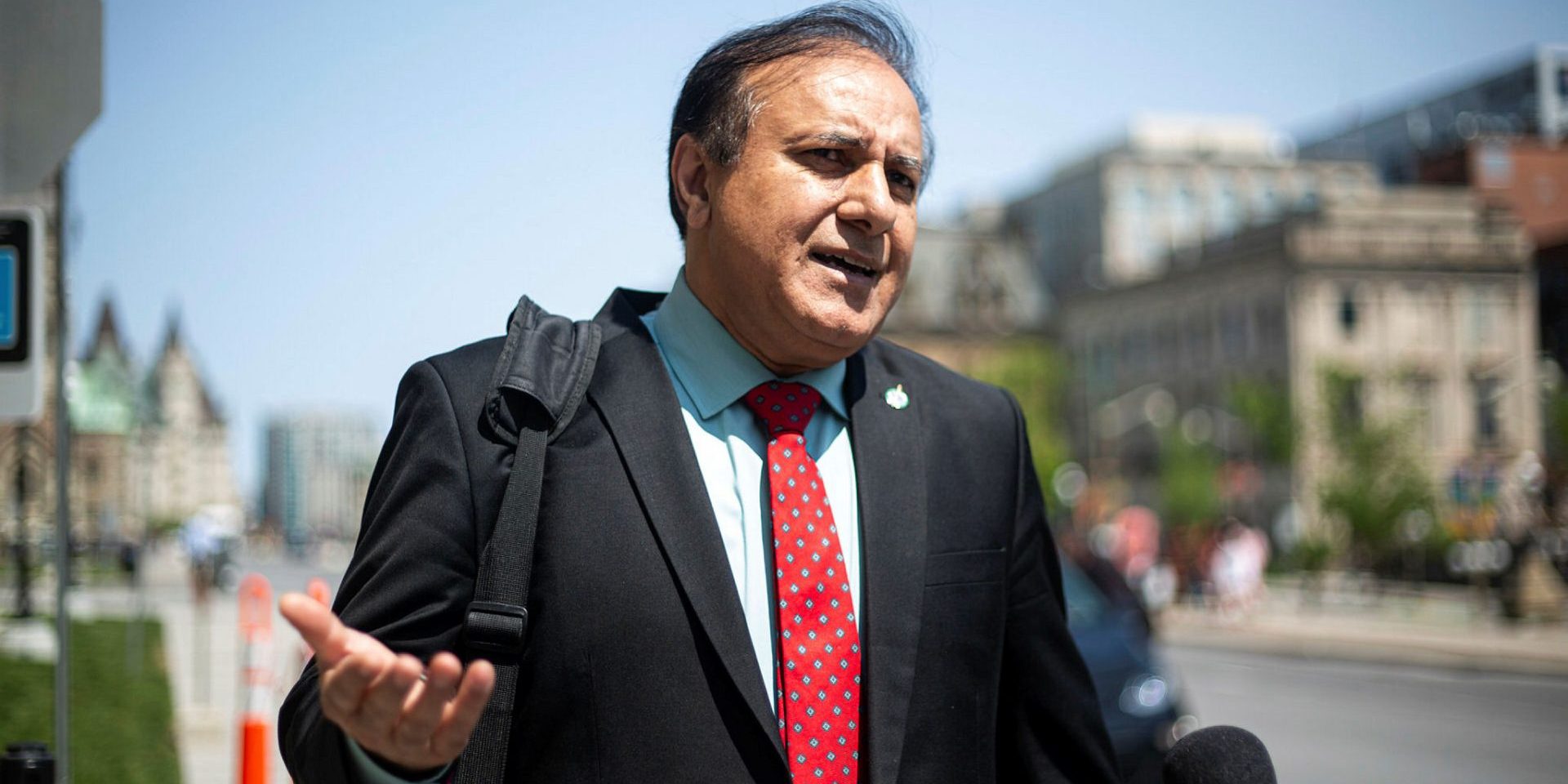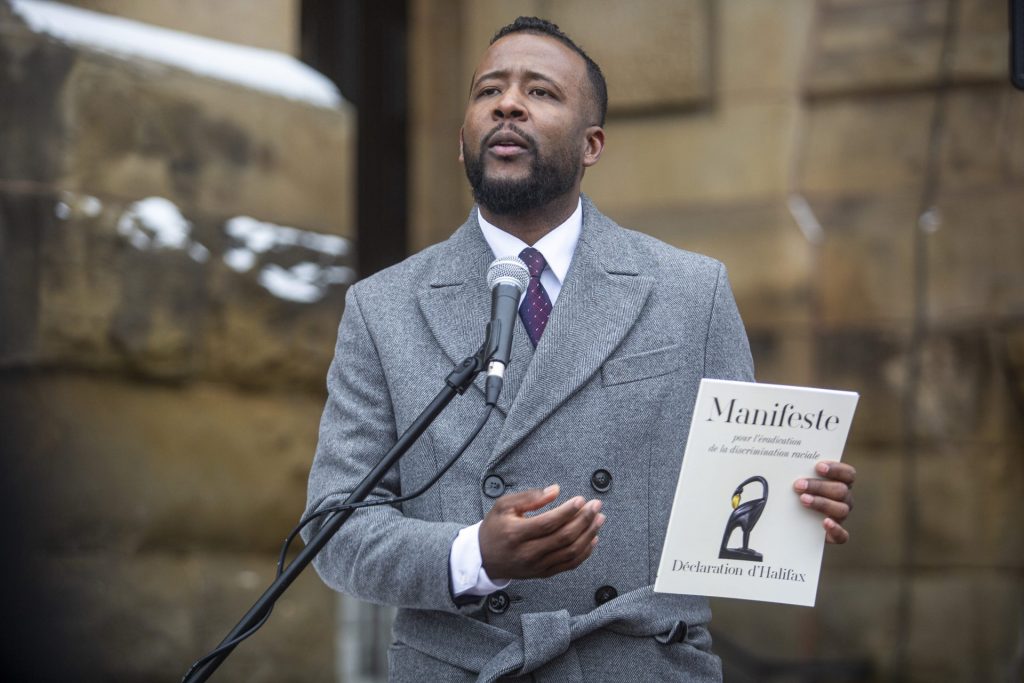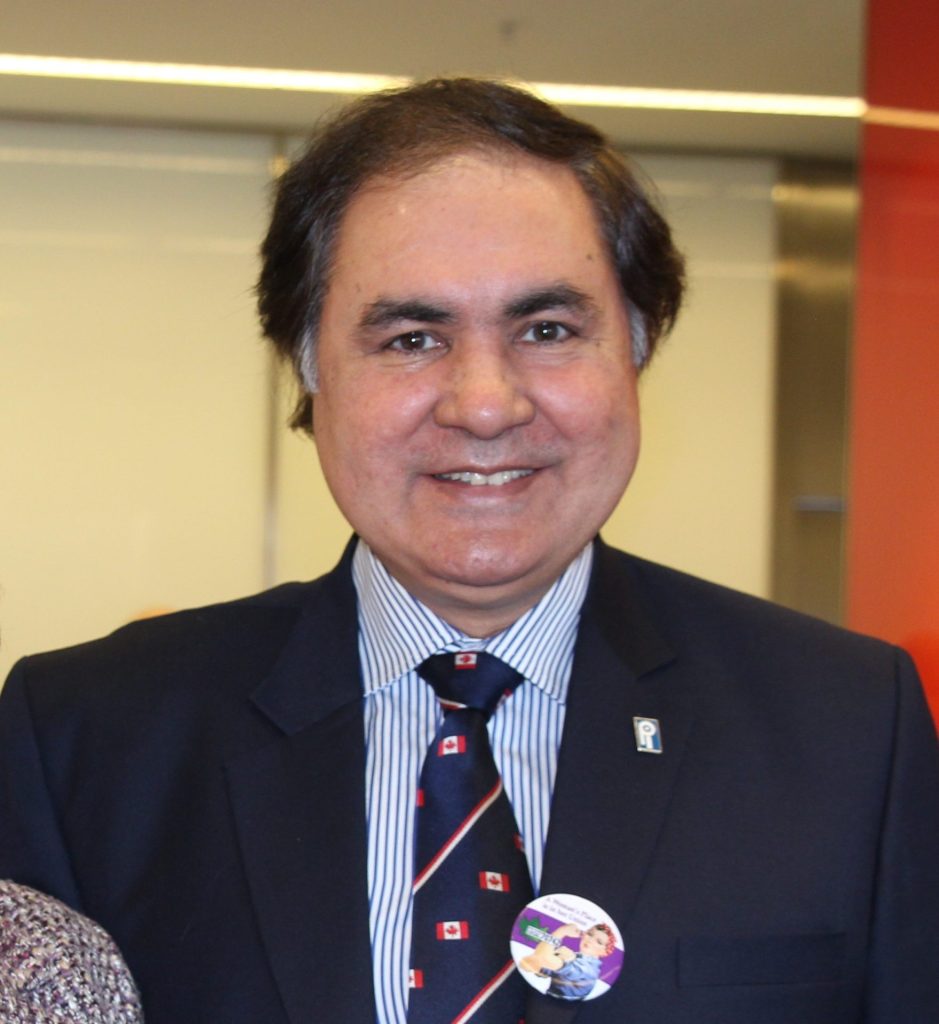Treasury Board reports gains on diversity and equity in public service, but will cuts hamper progress?

The federal public service continued to increase the number of women, Indigenous people, visible minorities, and people with disabilities in its ranks between 2023 and 2024, according to the latest report on employment equity. But as the federal public service now begins to shrink for the first time in over 10 years, some have raised concerns that job cuts will hamper progress for equity-seeking groups.
Nicholas Marcus Thompson is president and CEO of the Black Class Action Secretariat, which filed a class-action lawsuit against the government for decades of systemic discrimination against Black public servants. He said the report shows progress, which is “cautiously” welcomed, but Black public servants will be hit by impending cuts.
“We’re very concerned Black workers are being disproportionately impacted by the austerity measures the Government of Canada is taking,” he said in a recent interview with the Hill Times. “We know that the majority of Black people are hired on term [contracts], and based on those systemic structures, term employees are first to go.”
The report, presented by Treasury Board President Shafqat Ali (Brampton—Chinguacousy Park, Ont.) on May 27, said between 2023 and 2024, the number of Black workers in the federal public service grew by 1,499, bringing the total to 13,270 as of March 2024. The data published does not differentiate between hires in permanent or term roles, but Thompson said his group’s tracking shows Black workers are largely hired in temporary roles.

Thompson noted the Canada Revenue Agency and Immigration, Refugee, and Citizenship Canada’s recent cuts of thousands of temporary and term positions. Those numbers aren’t reflected in this report, which spans from 2023 to 2024.
“It almost seems to be like a distortion of the data,” he said. “Because now your data shows, ‘Hey, we’re doing really good.” But the reality is the majority of those people already went home.”
Waheed Khan is a longtime federal public servant and president of the Community of Federal Visible Minorities. He said, ideally, layoffs would take an employee’s equity status into account, but “that’s not how the workforce adjustment works,” he said in an interview. “It’s about the position, and the work.”
Khan said the government should collect data on how layoffs impact equity groups. The federal government has an obligation to inform the union of layoffs, and with that, could specify which equity groups are set to be impacted.
“Then we can see which group was impacted disproportionately, if that’s the case,” he said, adding it’s not clear at this point if, when, and where jobs will be cut within the federal public service.

He noted the annual report shows which equity groups are most highly represented in certain roles. Women, for example, are highly represented in human resource management, health services, translation, and program and administrative services, whereas correctional services, education and library science, and operational service have the highest proportion of Indigenous employees. Cuts occurring in certain jobs, then, have the potential to adversely affect certain equity groups over others.
The report says that, overall, employment equity representation of the four designated groups across the public service has been improving, “but there is more work to be done to further identify, understand and eliminate systemic barriers to inclusion and belonging faced by all designated groups.”
The 2023-34 report said as of March 2024, just over 70 per cent of the core public administration belonged to one or more employment equity groups. On the executive level, 67.4 per cent belonged to one or more employment equity groups.
The report noted as of March last year, the “employment equity population totalled 188,016, representing 6.56 per cent of the core public administration.
The report showed persons with disabilities are the only equity group that remain under-represented in the core public administration, making up 12.1 per cent of the available workforce, according to the 2021 census, but only 6.9 per cent of the public service in 2023 and 7.9 per cent in 2024.
Within the core public administration, women represented 56.6 per cent of the population in 2023, and 56.9 per cent in 2024. Women made up 55.3 per cent of the available workforce according to 2021 census data, the most recently collected available information.
Indigenous people accounted for 4.1 per cent of the available workforce, according to the 2021 census, and made up 5.3 per cent of the core public service in 2023 and 2024.
Visible minorities made up 21.7 per cent of the core public service in 2023 and 22.9 per cent in 2024, while comprising 22.7 per cent of the workforce in the 2021 census.
Representation of Black employees increased from 2.8 per cent of the public service as of March 2017, to five per cent as of March 2024, the report notes, but workforce availability is not tracked for this group.
Black employees have the highest distribution of employees in the $50,000 to $74,999 salary range, compared to other employment equity designated groups, something Thompson said indicated equity programs need to be “looked at more carefully,” noting the 2021 census showed a high level of post-secondary education among Black workers.
“So if the data from the census is that Black people are highly qualified, the question begs: why are they still in the lowest salary range of the federal public service in 2023-2024?” he said.
Cuts targeting younger staff could hurt equity groups more
Andrew Griffith, a former public servant who was a director general of citizenship and multiculturalism at then-Citizenship and Immigration Canada, noted Treasury Board data shows visible minorities in the federal public service tend to be younger, with just 25 per cent of the cohort nearing retirement.
“That strikes me as clearly the future of the public service,” he said. “Visible minorities, whether men or women.”
The impact on equity-seeking groups within the civil service will depend on where cuts are administered, he said, adding if “they just do the easy thing and cut casuals and term [positions], which I suspect have a large percentage of visible minorities, it could have an impact.”
If job cuts impact people closer to retirement, “then I don’t think it won’t make too much of a difference in terms of representation of visible minorities because they are the younger cohort.”

Prime Minister Mark Carney (Nepean, Ont.) has pledged fiscal restraint since the April 28 election, saying the federal budget has grown by an unsustainable nine per cent per year in recent years. He vowed to cap budget growth at an increase of two per cent by “cutting waste, capping the public service, ending duplicative programs, and deploying technology to boost public sector productivity.”
The Conservative Party appeared to take aim at diversity efforts in its election platform, pledging to “put an end to the imposition of the woke ideology in the federal public service and in the allocation of federal funds for university research.” Similarly, the Bloc Québécois platform proposed to abolish equity, diversity, and inclusion in the federal public service’s hiring practices. Both were denounced by the Public Service Alliance of Canada, the largest union of federal public servants. Union president Sharon DeSousa said these initiatives are vital “to ensure Canada’s public service reflects all the people it serves.”
Anne Marie Pham, president of the Canadian Centre for Diversity and Inclusion, said commitments to diversity, equity, inclusion and accessibility (DEIA) fluctuate over time based on social, economic, and political change.
“Historically, we’ve seen when an organization does not embed its DEIA values and goals in policies, in practices and in culture, equity-seeking groups tend to be disproportionately affected,” she said in a recent interview. “So you may see more layoffs, or fewer opportunities, or reduce programming to support equity in the workplace.”
She said the government showed a “strong commitment” to these values in 2020, amid a global reckoning with racial justice, and after unmarked gravesites at former Indigenous residential schools surfaced in 2021. That was when the economy was struggling amid the COVID-19 pandemic, supply chain shocks and inflation, she said, and yet there was a strong commitment to these equity practices.
“I think cutbacks aren’t an excuse to reduce a commitment, or lower a commitment to DEIA,” saiid Pham, who encouraged employers to think of innovative ways to keep these initiatives “in light of potential cutbacks.”
While the Carney government has pledged to be laser-focused on the economy, Pham said it’s also an important time to focus on Canadian identity and “coming together to support a strong economy, in this time of economic uncertainty.
“There is incredible power and opportunity, through DEIA, to actually bring people together with diverse and innovative thinking and ideas, and diverse connections,” she said. “These ways of being, thinking, planning, help advance Canadian society in the most positive way.”
mglass@hilltimes.com
The Hill Times






 LICENSING
LICENSING PODCAST
PODCAST ALERTS
ALERTS













